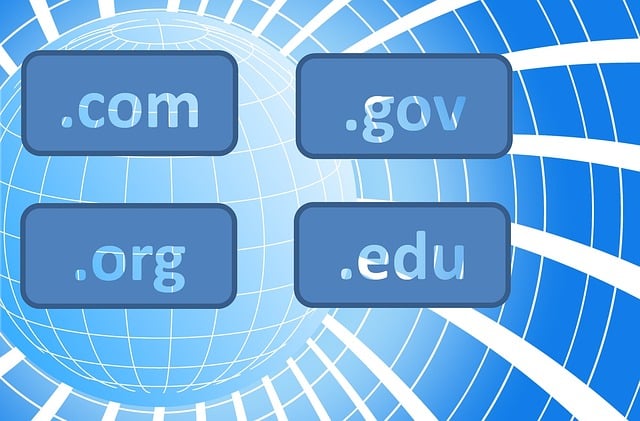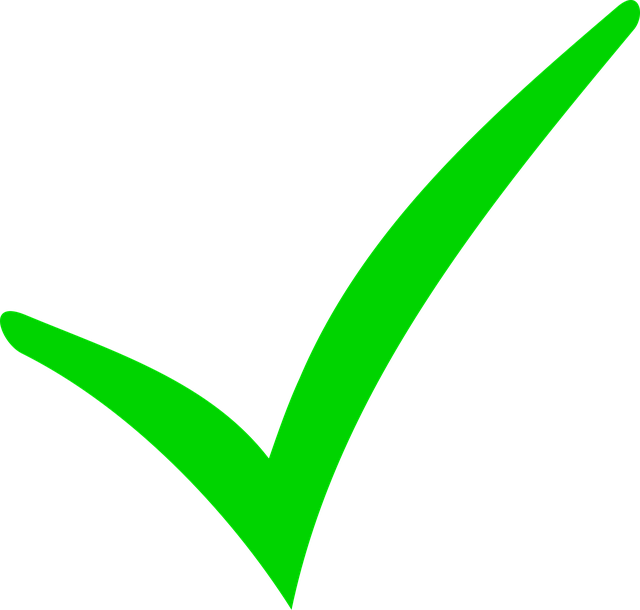Achieving regulatory success in transportation requires a deep understanding of Department of Transportation (DOT) standards and laws, tailored to specific operations including vehicle safety, driver qualifications, and operational practices. This involves establishing robust compliance programs with clear policies, consistent enforcement, regular updates, and integrating regulatory changes into daily operations. Tailored training programs covering CDL requirements, hazardous materials guidelines, and drug testing policies are essential, along with effective communication strategies to ensure employee understanding. Staying ahead of regulatory changes through internal audits enhances Select DOT Compliance, mitigating risks and avoiding penalties while exceeding international transportation rules for a safer industry environment.
Achieving regulatory success in the transportation industry requires a strategic approach. This article guides you through essential steps to navigate the complex DOT compliance landscape. From understanding key DOT regulations and standards, to implementing robust compliance programs, employee training, and regular audits—each component is vital for ensuring adherence and avoiding penalties. By adopting these practices, businesses can enhance safety, mitigate risks, and excel in Select DOT Compliance.
- Understand Regulatory Landscape: Identify Relevant DOT Regulations and Standards
- Implement Effective Compliance Programs: Establish Clear Policies and Procedures
- Ensure Training and Communication: Educate Employees on DOT Requirements
- Regular Audits and Continuous Improvement: Stay Ahead with Proactive Compliance Measures
Understand Regulatory Landscape: Identify Relevant DOT Regulations and Standards

Achieving regulatory success in the transportation sector requires a deep understanding of the complex landscape and the ability to navigate various standards and regulations. The first step is to identify relevant DOT (Department of Transportation) regulations and standards that apply to your specific operations. This involves carefully scrutinizing laws pertaining to vehicle safety, driver qualifications, and operational practices. For instance, the safety regulations for the trucking industry are extensive, covering everything from dot fatigue management regulations to load securement requirements.
Understanding these regulations is crucial for ensuring DOT compliance. This means recognizing not just the broad strokes but also the nuances that could impact your business. For example, the commercial driver’s license (CDL) requirements vary based on the type of vehicle and cargo being transported. By staying informed about these intricacies, companies can avoid costly penalties, enhance safety, and foster a culture of regulatory excellence.
Implement Effective Compliance Programs: Establish Clear Policies and Procedures

To achieve regulatory success, especially within the complex landscape of transportation and logistics, implementing robust compliance programs is non-negotiable. The foundation lies in establishing clear, comprehensive policies and procedures tailored to your organization’s unique needs. This involves defining specific guidelines for operations, safety protocols like commercial vehicle safety inspection, and supply chain security measures. By documenting these practices, you create a clear framework that guides employees, ensuring everyone understands their roles and responsibilities.
Effective compliance programs don’t just exist on paper; they require consistent enforcement and regular updates. Stay ahead of evolving regulations by integrating them into your daily operations. For instance, transportation safety training programs should be mandatory for all staff, ensuring they stay informed about industry standards and best practices. This proactive approach not only helps you meet Select DOT Compliance requirements but also fosters a culture of safety and adherence to legal frameworks within your organization.
Ensure Training and Communication: Educate Employees on DOT Requirements

Achieving regulatory success in the transportation industry hinges on ensuring that every employee understands and adheres to Department of Transportation (DOT) requirements. A crucial step is implementing comprehensive training programs tailored to address various aspects of DOT compliance, including commercial driver’s license (CDL) requirements, dot hazardous material guidelines, and dot drug testing policies. By equipping employees with this knowledge, companies can mitigate risks and avoid costly penalties.
Effective communication strategies should accompany these training sessions. Clear, consistent messaging ensures that all personnel are on the same page regarding their responsibilities and the consequences of non-compliance. Regular updates and refresher courses are essential to keeping everyone informed about any changes in DOT regulations, fostering a culture of regulatory adherence within the organization.
Regular Audits and Continuous Improvement: Stay Ahead with Proactive Compliance Measures

Staying ahead of the curve is essential in achieving regulatory success, particularly within the complex landscape of freight carrier safety standards. Regular audits are a cornerstone of proactive compliance measures. By conducting thorough and frequent internal audits, companies can identify potential gaps in their operations before regulators do. This proactive approach ensures that they meet not only the minimum requirements but also exceed international DOT transportation rules.
Continuous improvement is fostered through these audits, encouraging a culture of learning and adaptation. Identifying areas for enhancement in safety training for truck drivers, maintenance protocols, and operational procedures empowers organizations to implement effective solutions. Such initiatives contribute to a safer and more compliant freight carrier environment, setting the stage for sustained success in an ever-evolving regulatory landscape.
Achieving regulatory success in the transportation industry requires a multifaceted approach. By understanding the intricate DOT regulations, implementing robust compliance programs, and fostering a culture of continuous learning through training and regular audits, companies can navigate the complex landscape effectively. Embrace proactive measures to stay ahead of changes, ensuring your organization not only meets but exceeds DOT standards for optimal safety and operational success. Select DOT compliance as a strategic priority, and watch your business flourish in a regulated environment.
